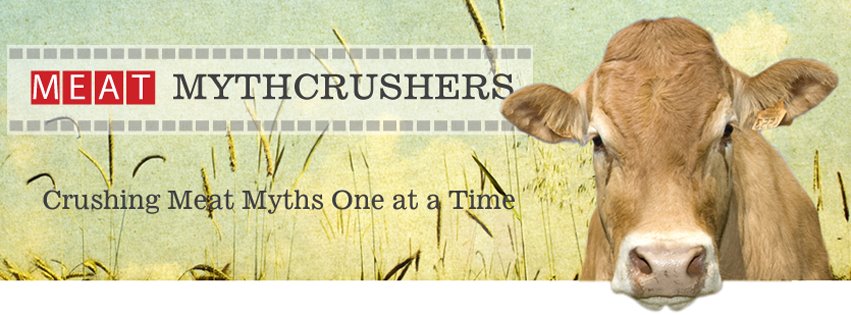Myth: 80 Percent Of Antibiotics Are Used In Animals

The 80 percent number that is commonly used by critics of antibiotic use in livestock and poultry is extrapolated from Food and Drug Administration (FDA) data on how much antibiotics are sold in the U.S. every year for human and animal use
Because there is currently no solid data on antibiotic use in human medicine, this calculation is a guess at best. The FDA has specifically said that the numbers shouldn’t be compared, [1] but many continue to use it anyway.
Antibiotic resistance is a very complicated topic that is being addressed in both animal agriculture and human medicine. There is very little overlap between the antibiotics used for livestock and poultry and the antibiotics used for people. The most common antibiotics used in people are in the penicillins family, while ionophores are the most commonly used antibiotics in animals. In fact ionophores are not used at all in people.[2] In most cases, commonly used antibiotics in people are not commonly used in animals and vice versa.
“It is true that more antibiotics are used in animals than humans, but there are far more animals in the U.S. than people”
In September 2013, the Centers for Disease Control and Prevention (CDC) released a new report called Antibiotic Resistance Threats in the United States. In releasing the report, CDC Director Thomas Frieden, MD, said, “Right now the most acute problem is in hospitals. And the most resistant organisms in hospitals are emerging in those settings, because of poor antimicrobial stewardship among humans.” According to the report, 50 percent of all the antibiotics prescribed for people are not needed or are not optimally effective. The report expressed concern about the use of antibiotics for growth promotion in animal production and said they should be phased out. This effort is underway with the support of the meat industry.
Dig deeper…
It is true that more antibiotics are used in animals than humans, but there are far more animals in the U.S. than people. There are more than 90 million cattle, 5.3 million sheep and lamb, 66 million hogs, 200 million turkeys and eight billion chickens on U.S. farms. The combined weight of livestock and poultry in the U.S. is roughly 3.5 times that of the combined weight of American men and women. A 1,200 pound steer is equal to roughly six men. If a steer needs treatment for pneumonia, it is logical will tell you that it will require a larger dose than a person. Similarly, logic will tell you that our combined U.S. livestock and poultry herds and flocks will require more antibiotics by volume than our combined human population.
Meat MythCrushers












